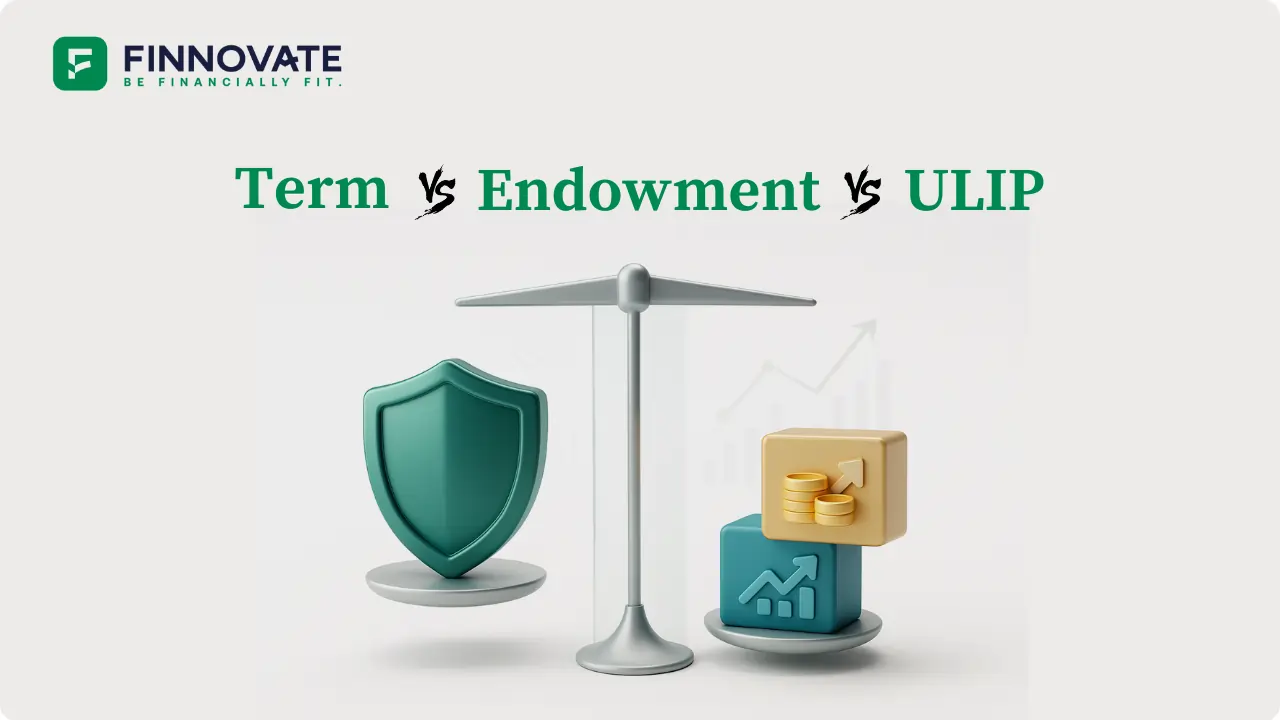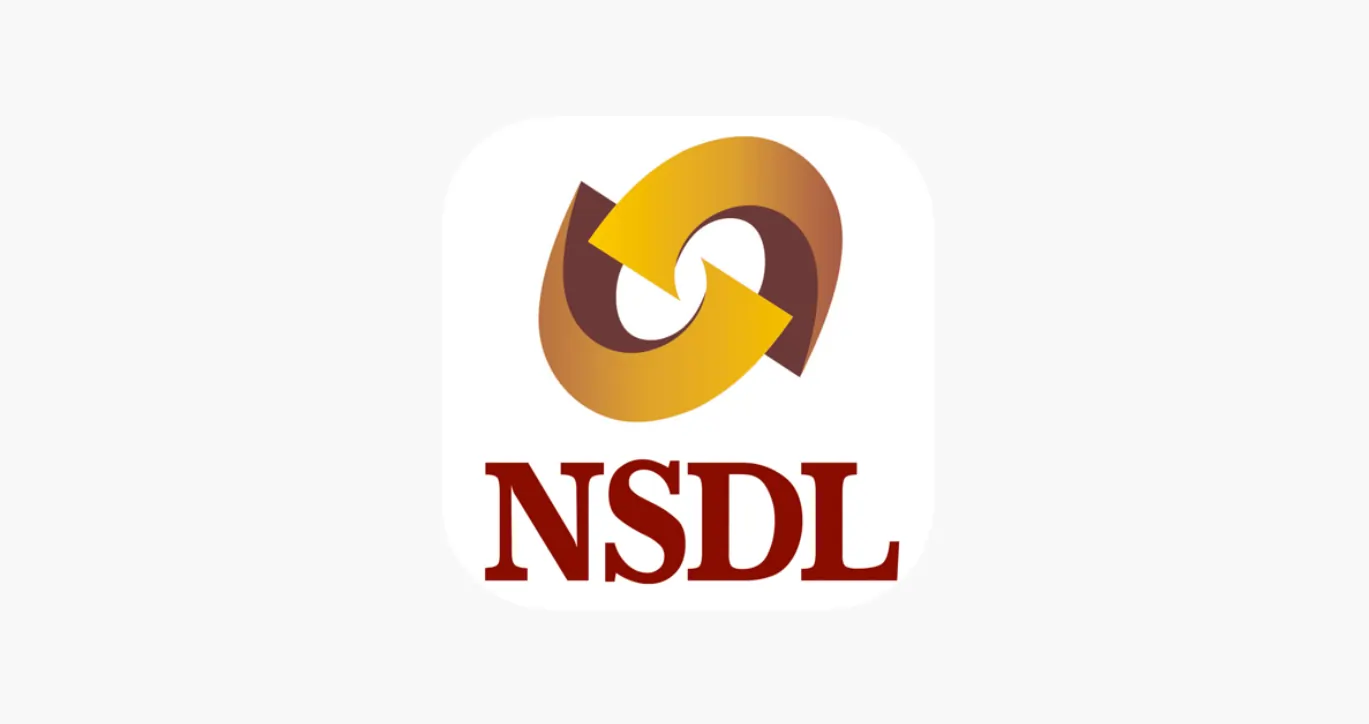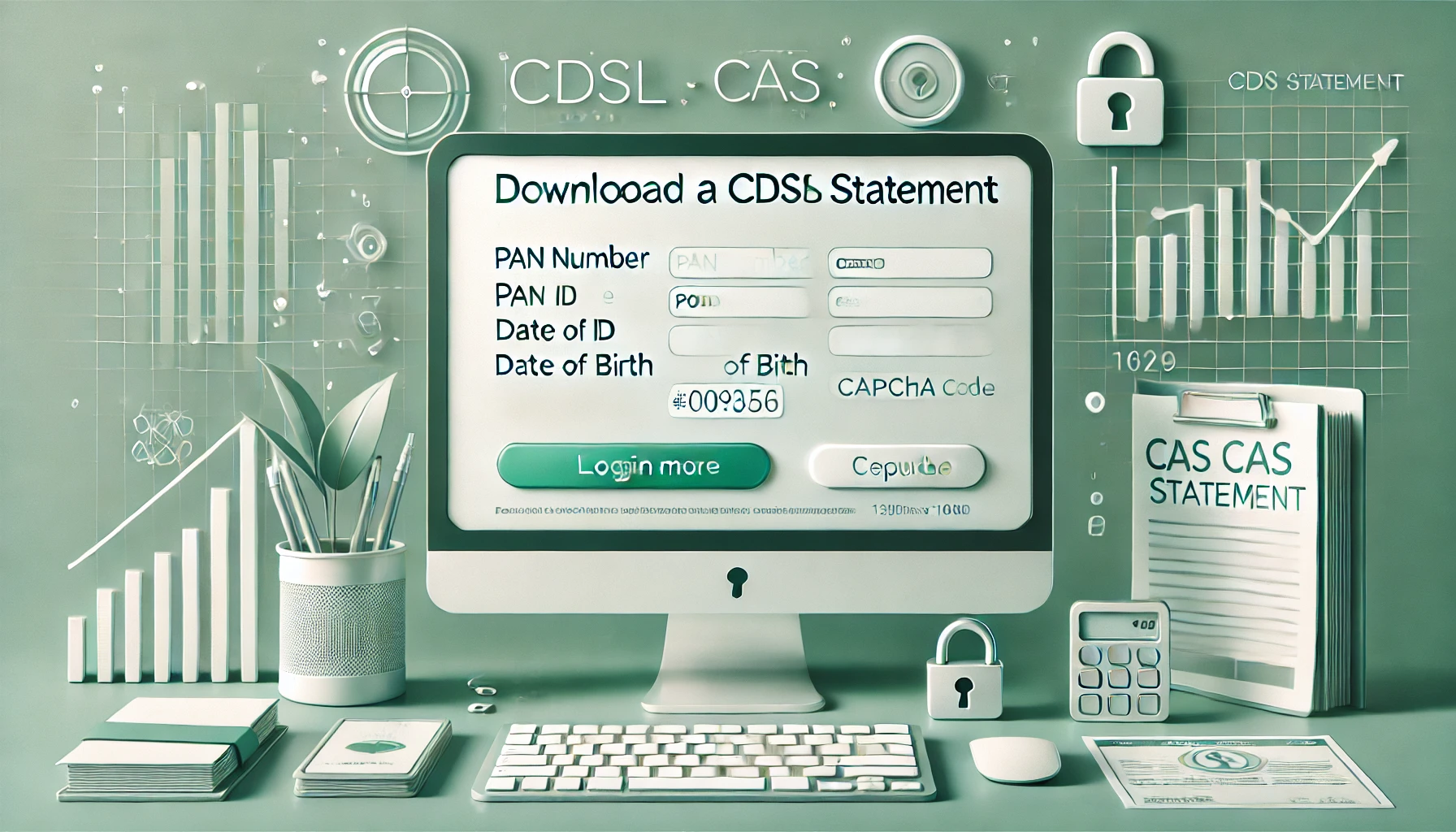
Term vs Endowment vs ULIP: What Should You Really Choose?
Compare Term Insurance, Endowment, and ULIP in a clear, unbiased way. Understand costs, co...
Premiums are rising. Hospital bills vary wildly across cities. And most families still default to “cheapest premium” instead of asking the real question: Which type of health insurance actually fits our family’s risk?
This guide breaks down Family Floater vs Individual plans in simple with examples, trade-offs, and a no-nonsense decision checklist.
(Related reads: Why Insurance Is the Foundation of Financial Planning | What Is Term Insurance? (Explained for Beginners))
Family Floater
One policy with a shared sum insured for all covered members (e.g., spouse + kids). Anyone can use the common pool during the year until it’s exhausted.
Individual Plan
Separate sum insured for each person. Each member gets their own coverage limit, independent of others’ claims.
Example A: 10L Family Floater (2 Adults + 1 Child)
- Hospitalisation #1: Mother claims ₹6L → Remaining pool ₹4L
- Hospitalisation #2 (same year): Father claims ₹5L → Policy pays ₹4L; ₹1L comes from pocket (unless restoration benefit applies - more on that below)
Example B: 5L Individual Plans (5L each for 3 members)
- Hospitalisation #1: Mother claims ₹6L → Policy pays ₹5L; ₹1L from pocket
- Hospitalisation #2 (same year): Father still has his own ₹5L intact; Child also has ₹5L intact
Key idea: Floaters are efficient when claims are infrequent and ages/risks are similar. Individual plans shine when claims are likely or risks differ a lot across members.
| Feature | Family Floater | Individual | Who benefits |
|---|---|---|---|
| Premium efficiency | Often lower total premium for young, low-risk families | Higher total premium when buying per person | Young couple + kids |
| Age-based pricing | Premium based on the oldest member | Premium priced per member | If a large age gap exists, individual avoids loading the whole family |
| Claim frequency impact | Multiple claims can exhaust shared pool | Each person’s cover is ring-fenced | Families with chronic conditions |
| NCB (No-Claim Bonus) | NCB applies to shared pool; a claim can reduce NCB for all | NCB preserved per person | Where one member claims often |
| Restoration benefit | Useful, but rules vary (same illness vs unrelated, once per year, etc.) | Also available on many individual plans | Works for both—check policy wording |
| Portability | Port as a family (admin simpler) | Port per person (customisable) | Depends on future plan changes |
| Room-rent/sub-limits | Same clauses for all members | Can customise per age/person | Tailor for senior parents |
| Upgrades | Upgrading affects entire family | Upgrade selectively | Families with mixed needs |
Tip: Avoid adding senior parents to the same floater. Their age and health can drive up premiums and exhaust the shared pool. Buy a separate senior plan for them.
Focus less on “Does it include 600 procedures?” and more on how the claim amount is calculated.
(For exact numbers, review city, age, hospital preferences, and medical history.)
Simple rule of thumb:
- Floater for young, similar-risk families who value premium efficiency.
- Individual for mixed ages, chronic conditions, or when covering seniors.
- Consider separate senior policies plus a super top-up for the family to scale intelligently.
Scenario 1: Couple 33 & 31, child 2, Mumbai
- Healthy, similar ages → Floater 15L + Super Top-Up to 25L.
- Add NCB protect if budget permits.
- Avoid room-rent caps; choose a plan with big cashless hospitals.
Scenario 2: Couple 40 & 37, parent 64 with diabetes
- Couple + child on Floater 15L.
- Buy a separate senior plan (individual) for the parent with appropriate co-pay.
- Consider super top-up to control costs.
Scenario 3: Couple 36 & 35, one partner with frequent claims
- Move to Individual 10L each to ring-fence coverage + super top-up.
- NCB remains protected for the healthier partner.
(All scenarios are illustrative, not advice.)
For young, low-risk families, a floater often costs less than buying separate individual covers. As ages and risks diverge, individual can be smarter despite a higher premium.
It helps, but read the rules carefully: Some allow restoration only for unrelated illnesses or from the next claim. Don’t rely on it as a guaranteed second cover for the same long hospitalisation.
Usually no. Seniors can drive up premiums and exhaust the shared pool. Buy separate senior plans tailored to their needs.
On a floater, an eligible claim typically reduces the shared NCB. On individual plans, only that member’s NCB is affected.
Yes, via IRDAI portability, if you apply in time (ideally 45–60 days before renewal). Pre-existing waiting credits usually carry over - subject to acceptance by the new insurer.
As a starting point: ₹10–15L for young metro families; ₹7–10L for Tier-2/3. Scale up with age, city costs, family size, and medical history. Use super top-ups to extend limits efficiently.
Disclaimer: This article is for educational purposes only and not a recommendation to buy or sell any insurance product. Finnovate Financial Services Pvt. Ltd. is a SEBI-registered RIA offering unbiased financial planning services.
Popular now

Learn how to easily download your NSDL CAS Statement in PDF format with our step-by-step g...

Explore what Specialised Investment Funds (SIFs) are, their benefits, taxation, minimum in...

Learn How to Download Your CDSL CAS Statement with our step-by-step guide. Easy instructio...

Analyzing the potential economic impact of the 2025 India-Pakistan conflict on India's GDP...